After one week of total relaxation in Northern Bali, we encountered a new holiday, and began to understand an added layer to the word “relaxation.” Nepi, the Balinese New Year, this year celebrating the year 1938, is a day of quiet, reflection, and meditation. Lasting twenty-four hours from sun up to sun up, the airport closes, with no incoming or outgoing flights. There are no cars or motorbikes are on the road, no radio or television, no internet, and most importantly, no electricity. While we had prepared for the day, laying in a stock of food, downloading movies, and readying ourselves mentally, our surprise, and initial dismay occurred when the air conditioner and fan that we sleep with each night, cut out at 6:24 AM. That was it for electricity. We had understood that there would be electricity but that the Balinese would not use it, as in years past. This year, it was decided from above that we would all be Balinese.
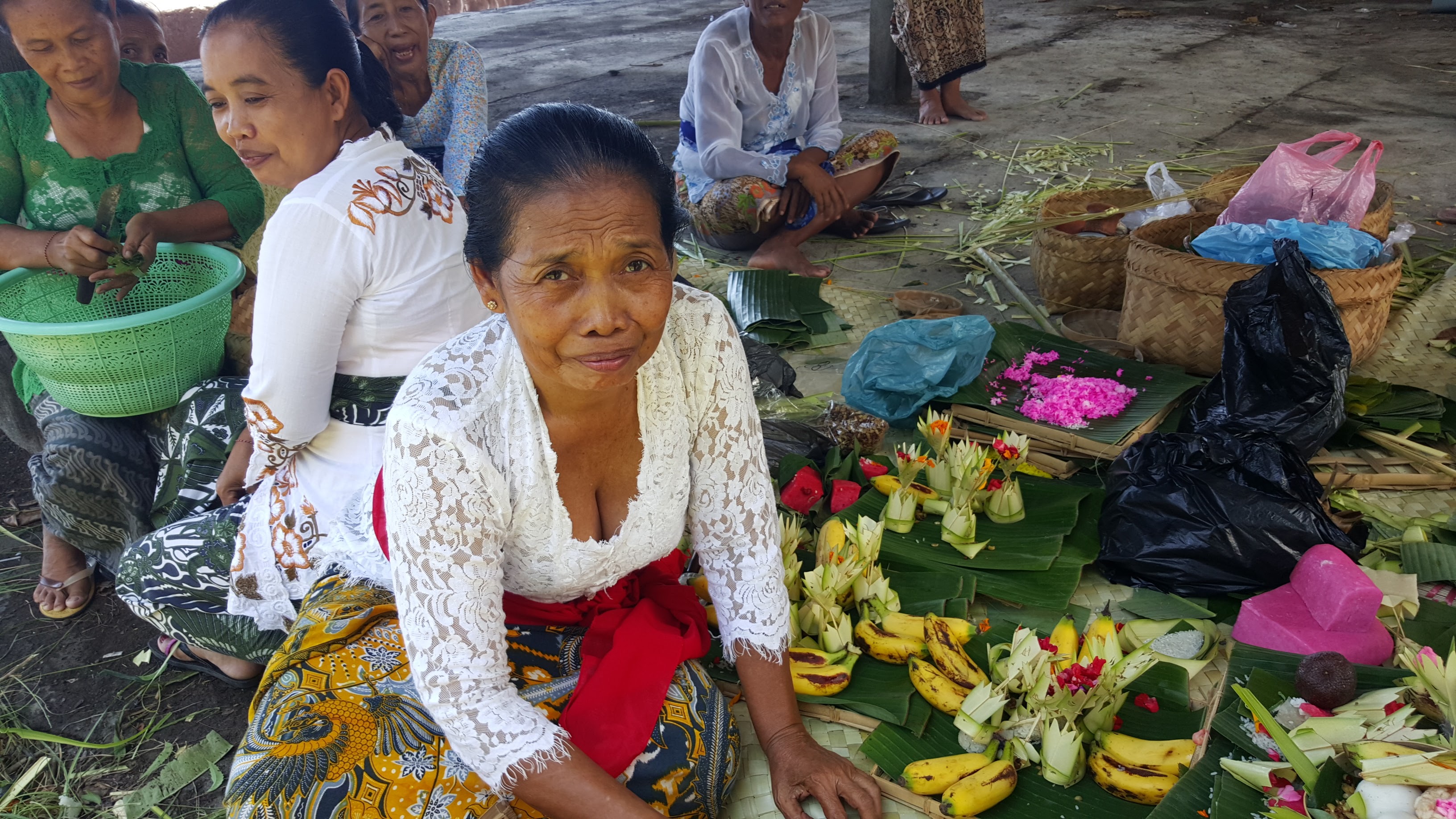
Nepi is preceded by months and weeks of preparation, reaching a feverish pitch the day and night leading up to the holiday. Hordes of women hard at work arranging offerings of flowers, fruit, and rice, met me when I arrived at the beach side temple in mid-morning. Mountains of white rice covered long trestle tables awaiting blessings and ceremonies. Off on the side were groups of men chopping meat and coconut that would be mixed with the rice later in the day. Most of the people, men, women and children, were hanging out, buying from the food vendors, catching some shade, and chatting with friends, reminding me of street fairs or block parties.
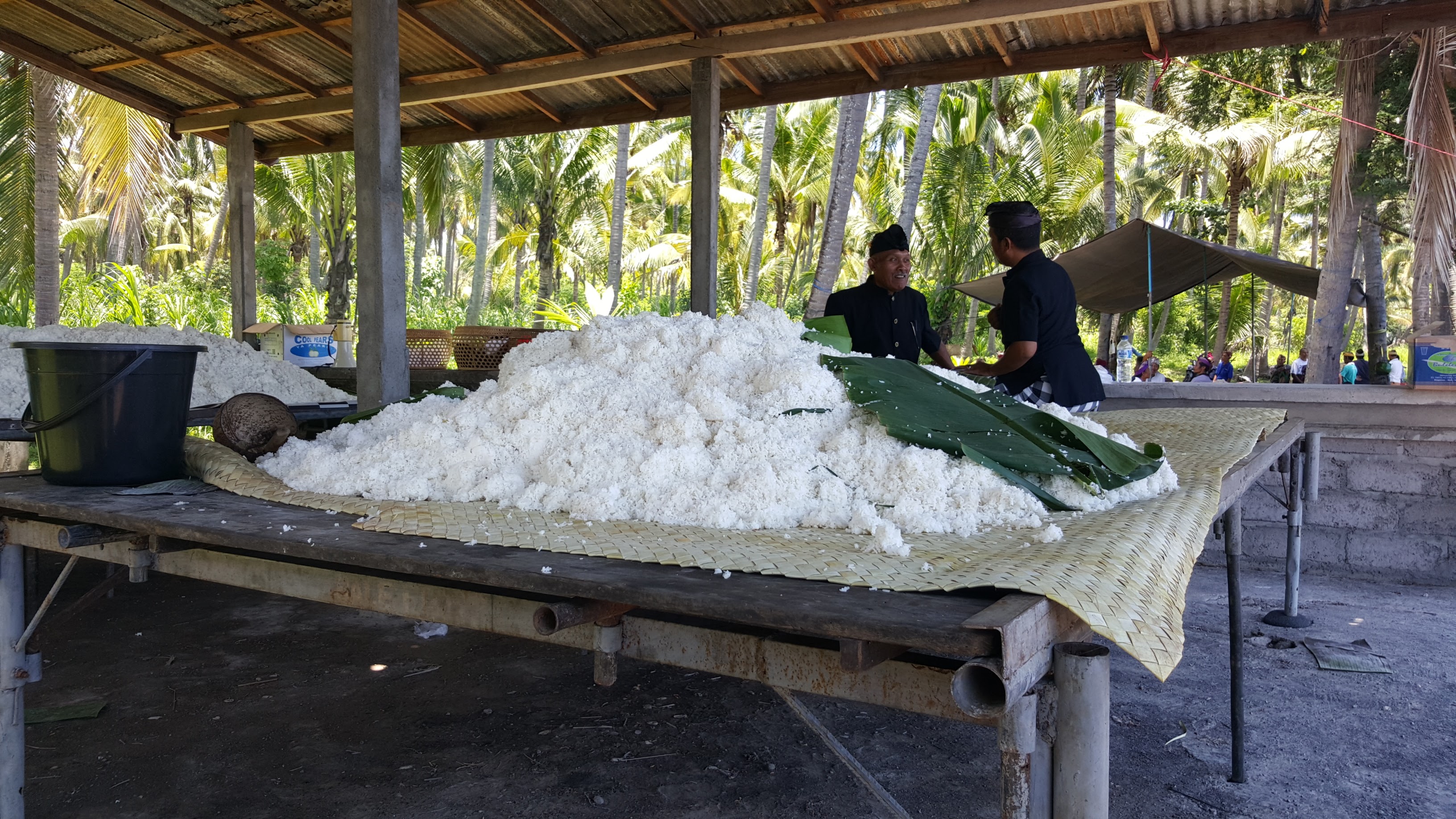
However, not everyone was at the temple. Groups of young men, adolescents for the most part, with pierced ears and slick haircuts, had spent the better part of the month preparing Ogah Ogs. These are huge figures, some mythical, some original, said to represent the Evil Spirits. Made from styrofoam, papier-mâché, foam, and the like, these figures are painted in garish colors, attached to bamboo poles, and readied for the parade due to take place at nightfall. Loud rock music provides background for what looks to be a wonderful way to involve young folks in continuing tradition, and involving them in community. Donations are collected from family and friends to underwrite the not inconsiderable cost of these scary creatures and I paid my dues. Each village has its own parade, ending with a burning ceremony. Due to the proximity to the beach, in “our” village of Les, the burning takes place at the beach. There were to be at least nineteen Ogah Og, human carried floats at the parade, and we previewed at least ten of them.
Coming back in the mid afternoon, the ad hoc parking lot that had been filled with motor scooters a mere three hours earlier, was empty. My erstwhile guide, Comet, assured me that there were prayers going on, and urged me to don my sarong, the di riguer dress in all Balinese temples. I peeked around the corner and saw a group of twenty five men, all dressed in the same costume, plaid skirts, white shirts and white headdress, sitting cross legged on the ground, chanting, with the chief sprinkling water in the direction of the beach. Clearly, this was an important ceremony, and I had no business being here. I urged Comet to leave, whereupon he brought me to Pura Dalam, the large village temple hosting the public ceremony. As we entered, we were met with women bearing square, colorfully woven baskets filled with offerings balanced precariously on their heads. I looked over the temple expanse. Hundreds of beautifully dressed Balinese, men, women and children, sitting quietly, cross legged on the ground. Waiting. A smell of incense filled the air. The air was heavy, humid, with the only breeze coming from women who were fanning themselves with woven baskets. After about twenty minutes, far off in the distance three priests sprinkled what look like water on the crowd. Apparently this continues for about two hours, but soon after we left.
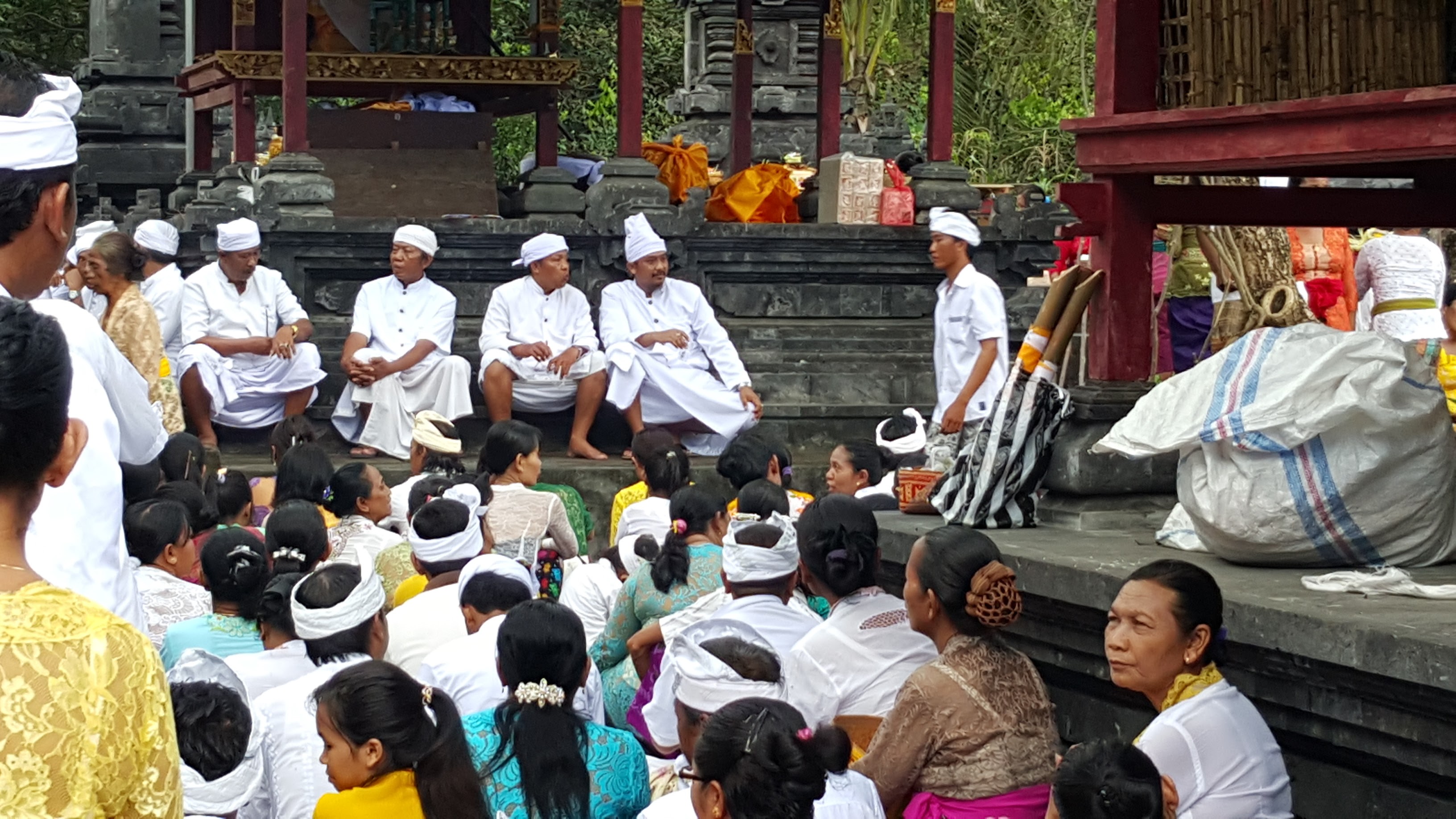
As night fell, we made our way to the main road with our local host. We were greeted with people lining the street on both sides as far as the eye could see. With excitement in the air, we chatted and waited patiently for the big event. The beating of bamboo drums could be heard from hundreds of meter away, as the procession made its way from the main village temple down the main road. Float after float passed by, accompanied by bands of bamboo beating youngsters. Torches flanked the parade, and the floats were lit by either electric generators mounted on the bamboo platforms or by the simpler, hand held flashlights. Every float, held up high by at least twenty young men, received a rousing cheer from the crowd.
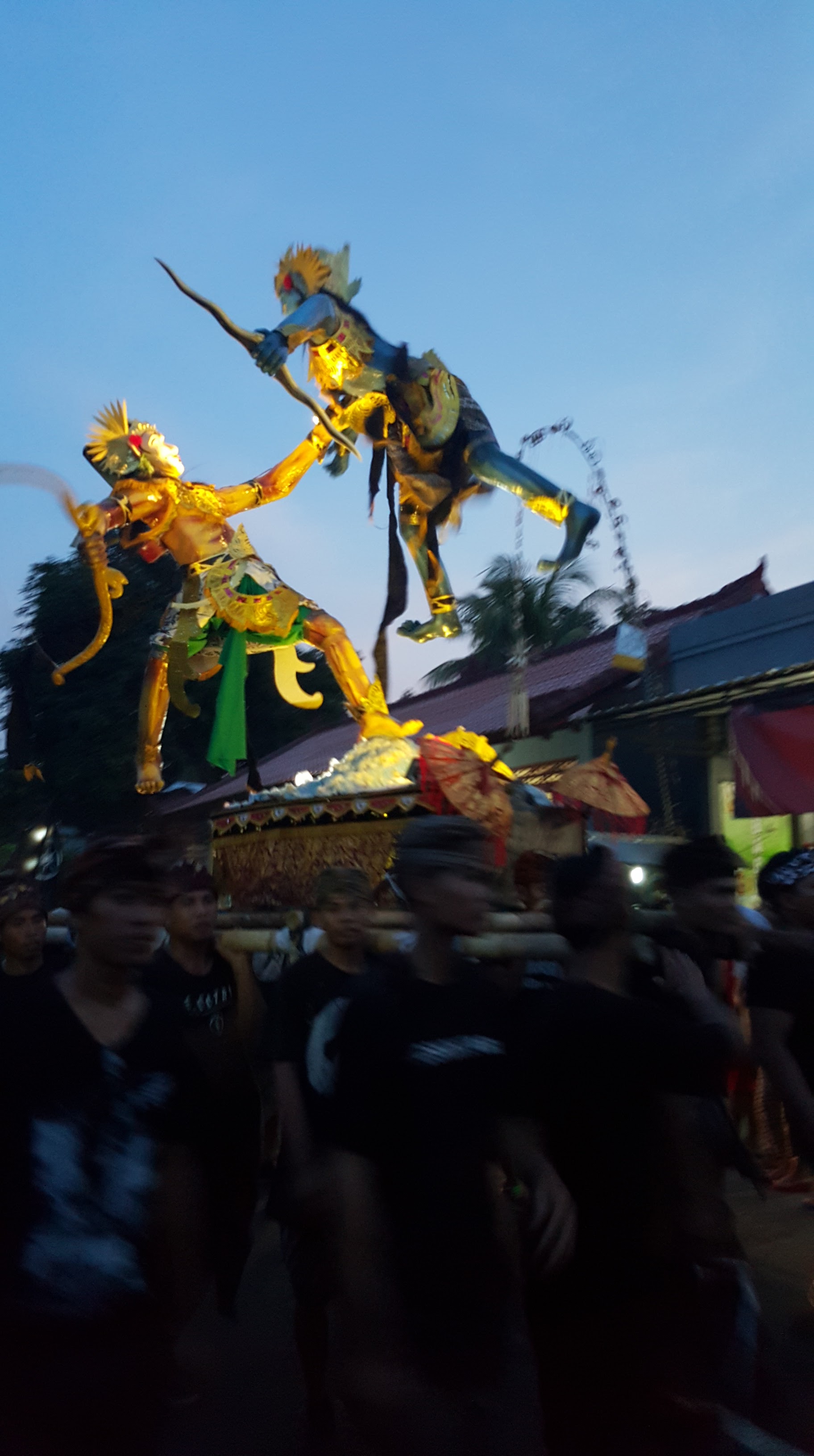
As the parade wound its way down to the beach, the noise subsided, and focused attention went to disengaging the huge figures from the bamboo sticks that carried them. Gold and tinsel were removed and then the giant figures were set alight symbolizing the burning of the Evil Spirits, and ensuring a good year for all Bali.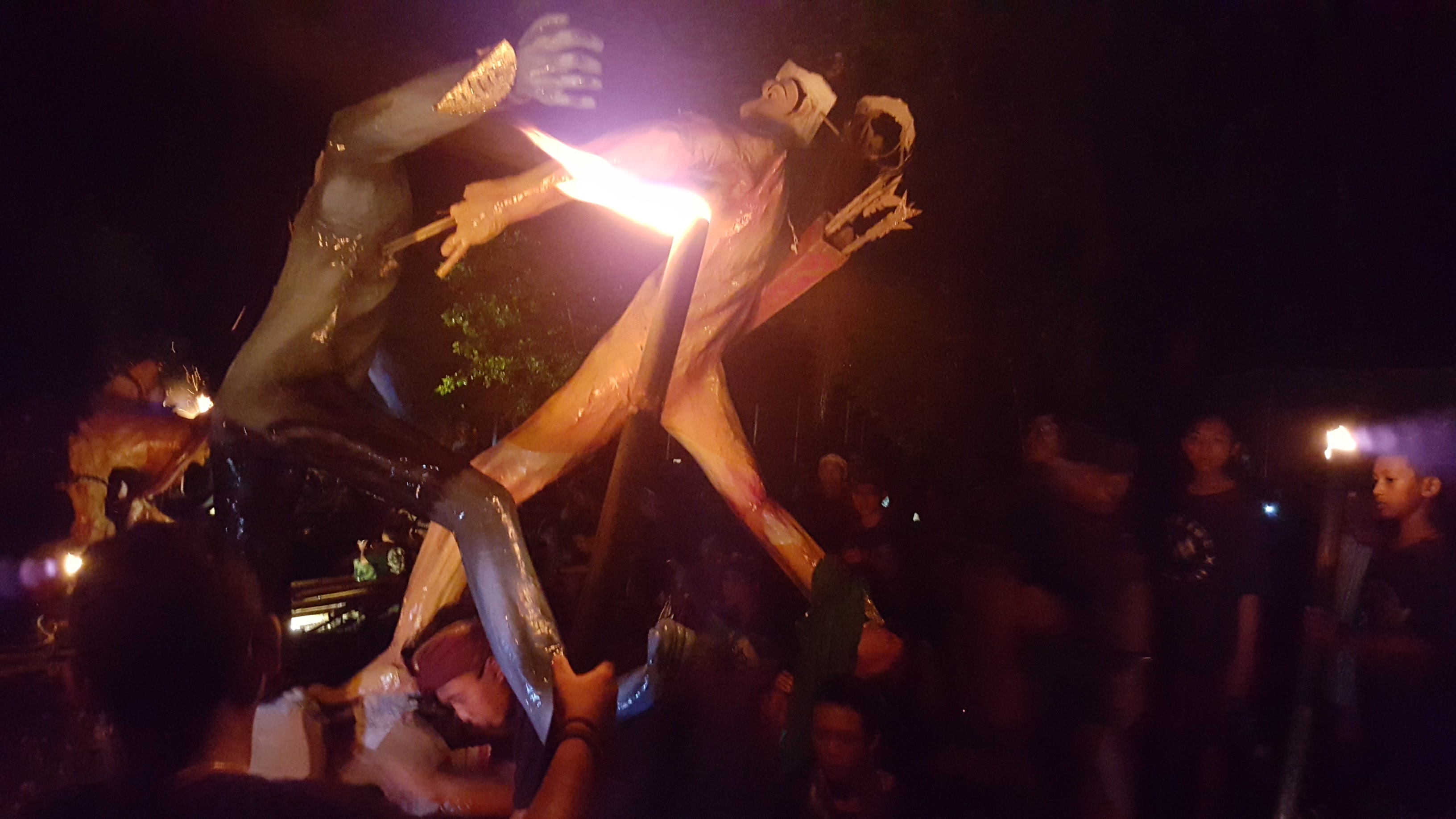
The Burning of Oga Ogh
Bringing us back to today, Nepi, the “Quiet Day,” is a day without background noise. Nepi brings us back to ourselves, to nature, to a simpler way of life, to the very basics. Celebrating this day with the Balinese and honoring their culture, allows me to overcome my annoyance at no internet, no air conditioning, no electricity, and appreciate the beauty of simplicity. This is a day without achievement, without doing, without going. This is a day of just being. Grateful for every breeze sent from the heavens, appreciating the silence, slowing down, breathing, I pray, along with my Balinese friends for things that all human beings pray for: health, prosperity, and peace.


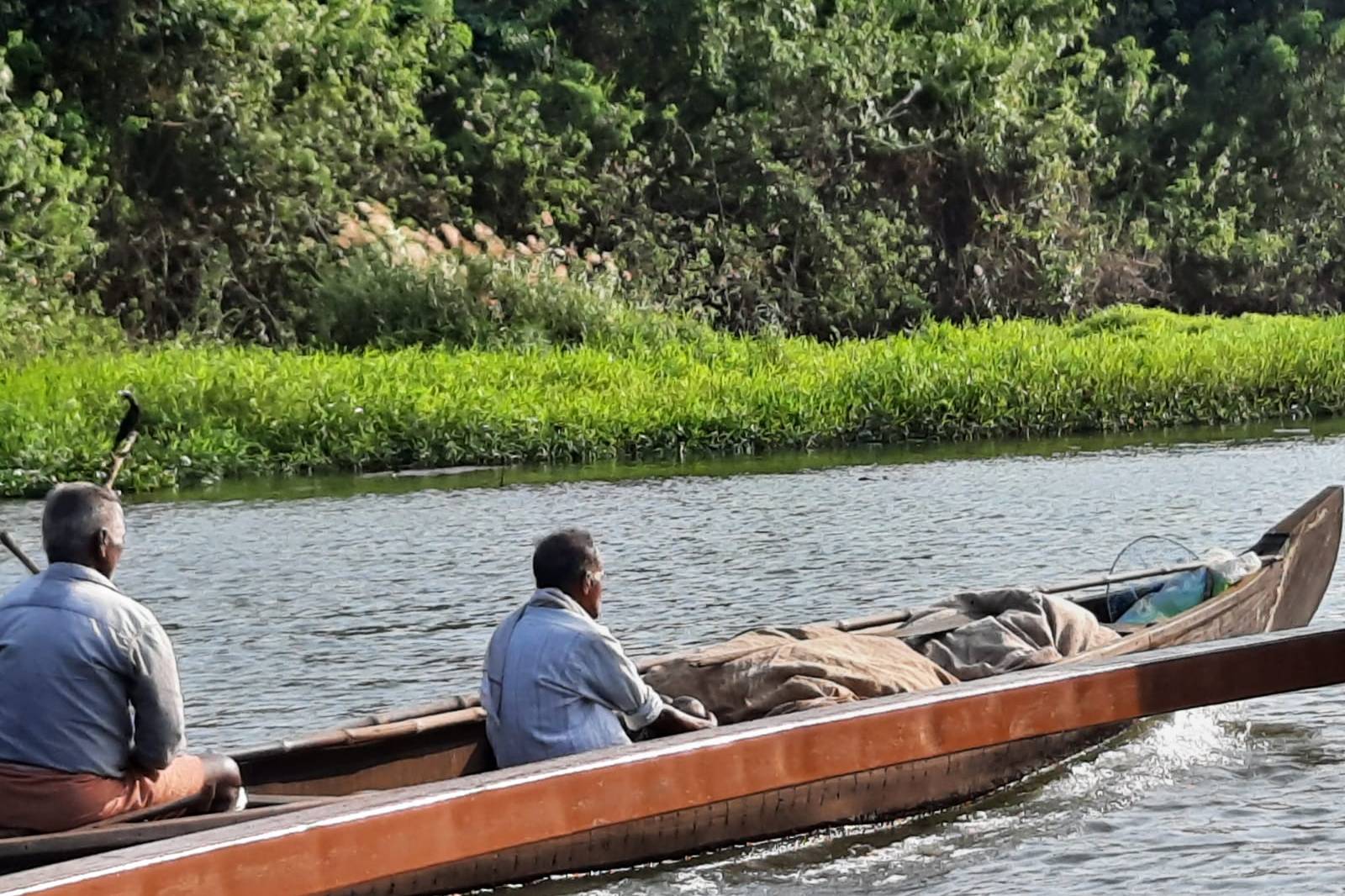
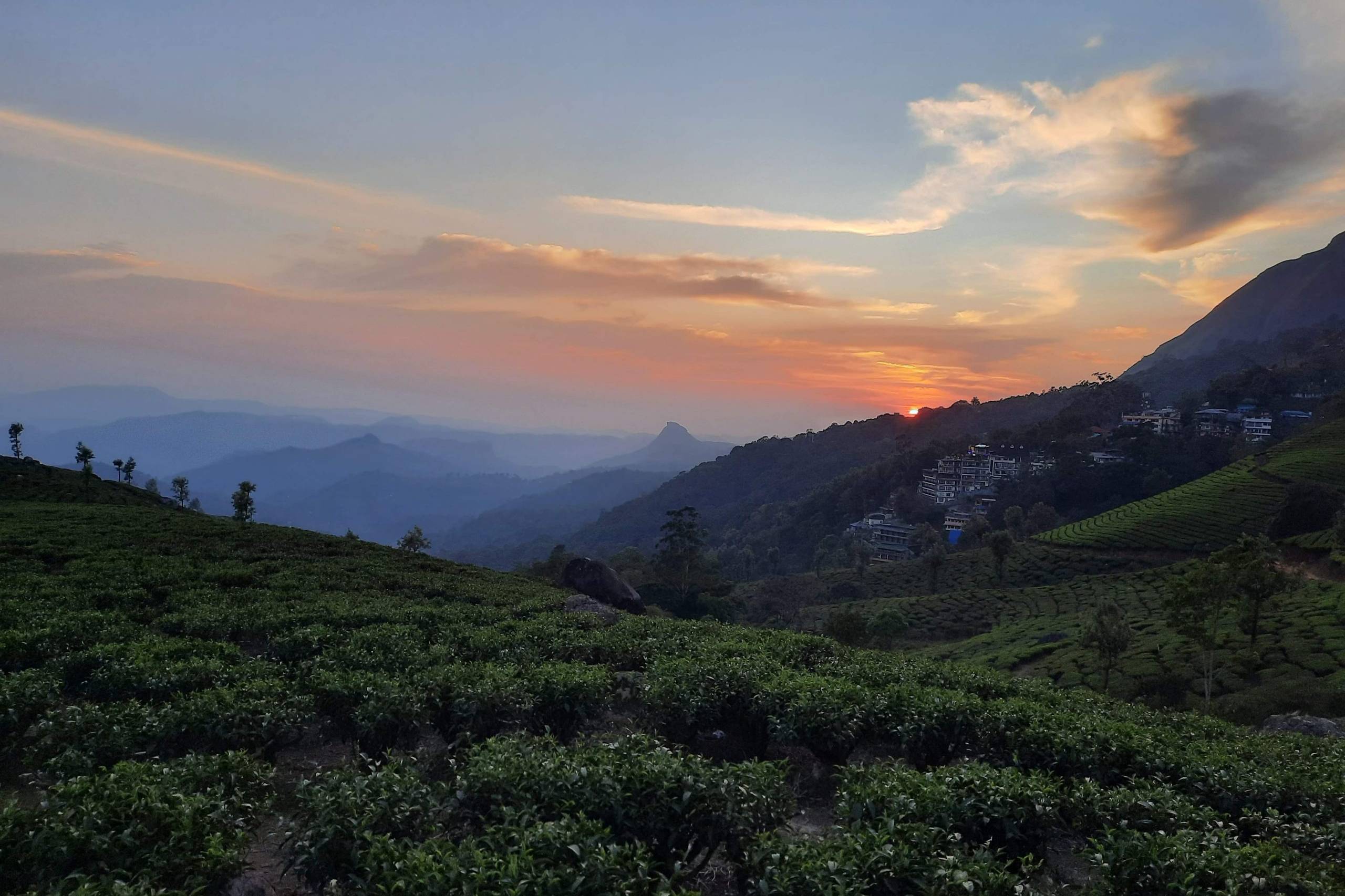
Though i have learned about it but after read your articles, i just realized the amount of knowledge that i missed. Thank for your shared. Dionis Akim Lefton